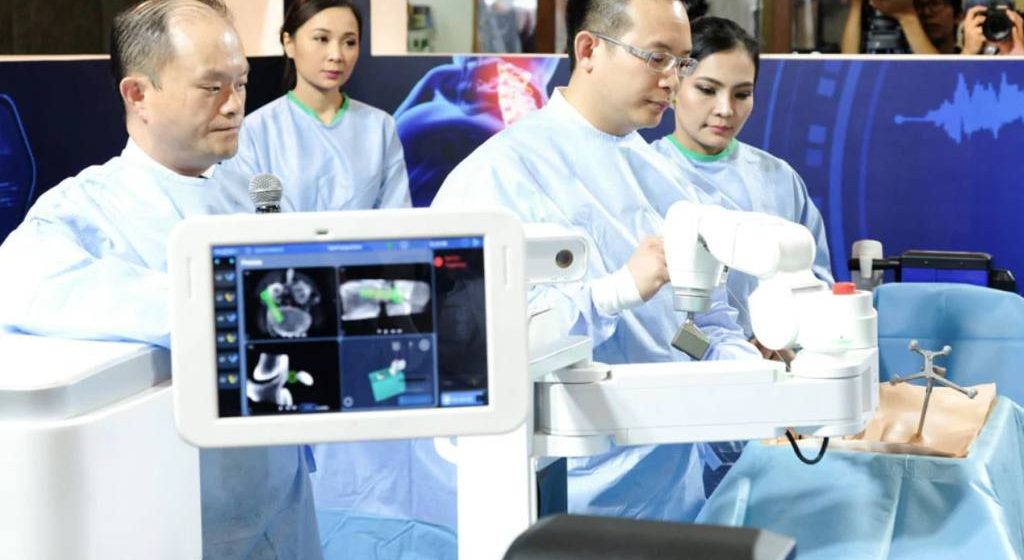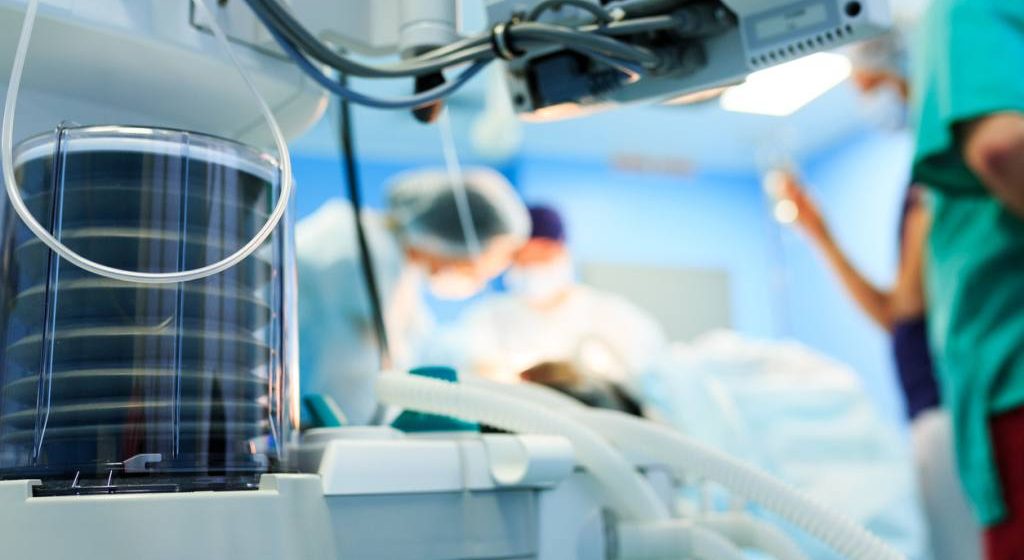Imagine a world where surgeons can plan and practice complex procedures in a virtual environment before making a single incision. This isn’t the plot of a sci-fi movie; it’s the reality of spatial computing in surgical planning. In this blog, we’ll explore this exciting frontier, its evolution, and its implications for the future of healthcare. If you’re a medical device manufacturer, healthcare technology developer, or part of a surgical team, read on to discover how spatial computing is set to revolutionize your field.
Introduction to Spatial Computing in Surgical Planning
Spatial computing merges the physical and digital worlds, allowing users to interact with 3D spaces through augmented reality (AR), virtual reality (VR), and mixed reality (MR). In healthcare, this technology enables detailed visualization and interaction with anatomical structures, providing unprecedented precision in surgical planning.
From creating virtual models of a patient’s anatomy to simulating surgeries in a risk-free environment, spatial computing is a game-changer. The key is its ability to overlay digital information onto the physical world, offering an immersive experience that traditional 2D imaging techniques can’t match.
Evolution of Surgical Planning
Surgical planning has come a long way from the days of hand-drawn sketches and rudimentary models. The advent of X-rays in the early 20th century marked a significant leap, allowing surgeons to visualize internal structures without invasive procedures. However, these images were static and two-dimensional, limiting their usefulness.
The introduction of CT and MRI scans in the late 20th century provided more detailed and dynamic visualizations. These technologies enabled 3D reconstructions of anatomical structures, improving surgical outcomes. Yet, the need for more interactive and real-time planning tools persisted.
Enter spatial computing. By integrating AR, VR, and MR, spatial computing builds on these advancements to offer interactive, 3D models that surgeons can manipulate and explore. This evolution represents a quantum leap in surgical planning, combining the best aspects of previous technologies while adding new dimensions of interactivity and precision.
Spatial Computing in Modern Healthcare
Today, spatial computing is revolutionizing surgical planning in numerous ways. For instance, AR headsets like Microsoft’s HoloLens allow surgeons to view 3D anatomical models superimposed onto patients during surgery. This real-time guidance enhances accuracy and reduces the likelihood of errors.
VR simulations offer another layer of preparation. Surgeons can practice procedures in a virtual environment, gaining experience and confidence before operating on real patients. These simulations can be customized to individual cases, providing tailored training that traditional methods can’t offer.
Mixed reality combines the best of both worlds, enabling interaction with virtual objects in a physical space. Surgeons can use MR to plan complex procedures, collaborate with remote colleagues, and even guide surgical robots with pinpoint accuracy. The possibilities are endless, limited only by the imagination of healthcare innovators.

Case Studies
Real-world applications of spatial computing in surgical planning are already showing promising results. At Stanford University, neurosurgeons use AR to visualize brain tumors and plan precise removal strategies. This technology has led to better outcomes and reduced recovery times for patients.
In another example, orthopedic surgeons at the Cleveland Clinic employ VR simulations to practice complex joint replacements. By rehearsing in a virtual environment, they can identify potential challenges and refine their techniques, leading to fewer complications and faster recoveries.
Similarly, cardiac surgeons at the Mayo Clinic use mixed reality to plan intricate heart surgeries. MR allows them to interact with 3D models of the heart, improving their understanding of each unique case and enhancing surgical precision. These success stories underscore the transformative potential of spatial computing in surgical planning.
Benefits and Challenges
The benefits of spatial computing in surgical planning are manifold. For one, it enhances precision and accuracy, leading to better surgical outcomes. Surgeons can plan and practice procedures in a risk-free environment, reducing the likelihood of errors and improving patient safety.
Spatial computing also fosters collaboration. Surgeons can share 3D models and simulations with colleagues worldwide, gaining insights and feedback that enhance their planning. This global collaboration can lead to innovations and improvements that benefit the entire healthcare community.
However, adopting spatial computing in surgical planning is not without challenges. The technology requires significant investment in hardware and software, which can be prohibitive for some institutions. Additionally, there is a learning curve associated with mastering these new tools, necessitating training programs and ongoing support.
Data security is another concern. The integration of digital and physical worlds raises questions about protecting patient data and ensuring compliance with regulations. Addressing these challenges will be crucial as spatial computing becomes more widespread in surgical planning.
The Future of Surgical Planning
Looking ahead, the future of surgical planning with spatial computing is bright. Emerging trends suggest even greater integration of AI and machine learning, enabling more sophisticated simulations and predictive analytics. These advancements could further enhance precision, reduce risks, and improve patient outcomes.
Wearable technology is another exciting frontier. Imagine surgeons using lightweight AR glasses, offering real-time guidance without restricting their movement. These wearables could become standard equipment in operating rooms, providing continuous support and enhancing surgical precision.
Remote collaboration will also play a significant role. With spatial computing, surgeons can conduct virtual consultations and collaborate on complex cases in real-time, regardless of location. This global connectivity could democratize access to expert surgical planning, benefiting patients worldwide.
Conclusion
Spatial computing is not just a technological advancement; it’s a paradigm shift in surgical planning. By merging the physical and digital worlds, this technology offers unprecedented precision, collaboration, and innovation. While challenges remain, the potential benefits far outweigh the obstacles.
For medical device manufacturers, healthcare technology developers, and surgical teams, the era of spatial computing presents a unique opportunity. By adopting and integrating these tools, you can enhance surgical outcomes, improve patient safety, and stay ahead in a rapidly evolving field.
Ready to explore the future of surgical planning? Stay tuned to our blog for more insights, case studies, and updates on the latest trends in healthcare technology. Together, we can shape the future of medicine and improve lives worldwide.


Leave a Reply